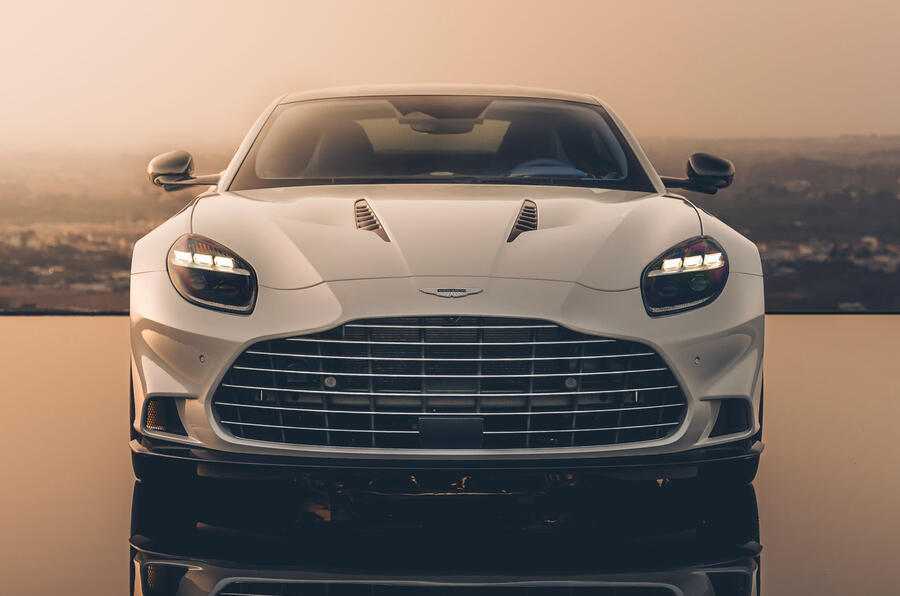New V12 GT will stay pure-petrol to keep weight down, but Vantage and DB12 PHEVs are likely
Aston Martin is considering fitting both the DB12 and Vantage with plug-in hybrid powertrains – but it won’t do the same with the new Vanquish.
Aston has confirmed plans to use PHEVs as a transitional technology on its way to pure electrification, having pushed back its first EV in light of wavering demand for battery-powered sports cars.
Its first PHEV, the new Valhalla supercar, is due later this year with an electrified V8 engine from powertrain supplier Mercedes-AMG.
When asked about the possibility of the DB12 and Vantage following suit with PHEV power, Aston engineering boss Simon Newton said: “We have an open mind in all technologies right now.â€
Notably, both of those cars already use the 4.0-litre V8 that’s at the heart of AMG’s range-topping PHEVs.
But when asked about the Vanquish – which was revealed this week with a thunderous 824bhp, 5.2-litre V12 – doing the same, Newton told Autocar the V12 “defines the car", adding: “What we picked [in the V12] improves the recipe. We haven’t paid the weight penalty. It’s a very analogue but highly sophisticated experience, and that’s what we wanted.â€

Product boss Alex Long added: “V12 power compared with PHEV power is not the same. If you’re going to put a weight penalty in, you might as well have a decent [electric-only] range, which just can’t be offered at this time.â€
Explaining the company's shift toward plug-in hybrids in February, Aston Martin chairman Lawrence Stroll said its future EVs were "not going away"Â but there was "a slight delay".
"We believe that the consumer demand [for EVs]Â is not at the pace that analysts and politicians thought," Stroll said.
Aston's first EV, understood to be a high-riding, four-wheel-drive GT, is now due to arrive in 2026.
The company also plans to offer combustion engines for as long as it is permitted to.
Stroll said in February that he believes "there will always be demand [for engines], even if it's small".

